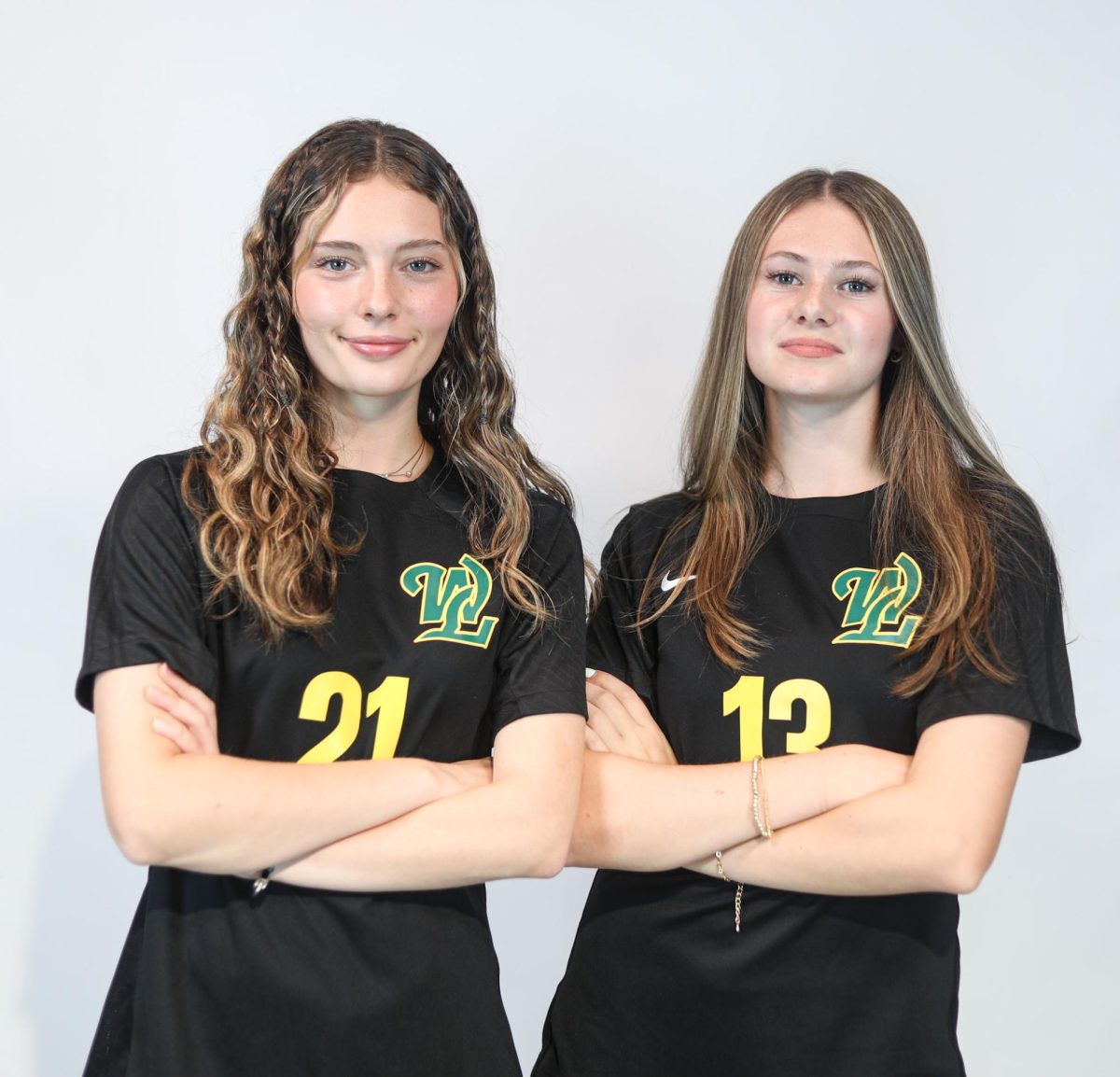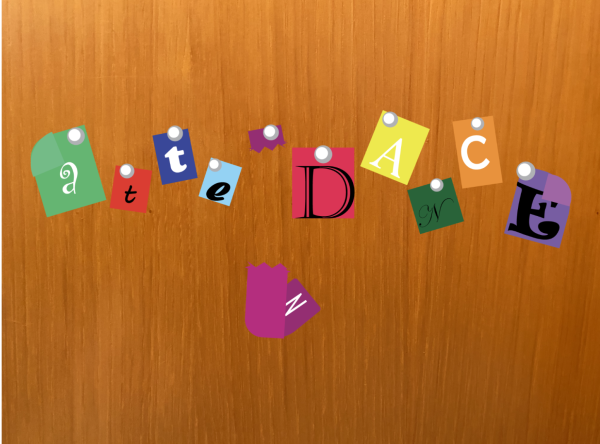Higher Level Course Bias: Is it an issue?
Gender biases have managed to integrate into many things in our society. There is even such thing as a ‘pink tax’, called so because of the color that adorns most girls packaging, where women’s personal care products cost 13% more than men’s.Things such as certain color palettes, preferred hobbies or even showing feelings, can quickly lead one to being considered more masculine or more feminine. Often times this causes a division in what people think is “acceptable” for their gender, and even relates to the classes people are likely to take.
According to a US Department Of Education study from 2012, in AP mathematics classes like calculus, the number of boys taking the courses triumph over the girls by a consistent 10,000 students. In a case study conducted by a fellow high school publication, ‘The Redwood Bark’, a gender bias was clear between the AP classes. In AP Literature and Composition at their school, the girls outnumbered the boys 36 to 15.
It is quickly becoming clear that this gender gap between higher level classes is not an isolated incident as publications, scientists, and schools continually report a sometimes staggering divergence.
At West Linn, there is a wide variety of AP courses available for all students to consider taking. However, it seems that in some cases, there can be a significant disproportionate ratio of boys to girls in the higher level science, math, and english courses. Is there a bias emerging?
Alex Close, English teacher, took the time to talk about his thoughts on the subject. When asked if he noticed a divide in genders taking higher level English classes, Close revealed that he did notice a difference.
“It’s hard for me to answer because this is only my second year teaching AP, but from what I know of the programs at West Linn it’s always been heavily female, like the english classes are pretty predominantly female.”
“I think it is influenced by cultural norms and communication, and how boys and girls see themselves as professionals,” Close said when asked about where he thinks this division stems from.
“English is a lot about humanity and the emotions in humanity, and talking about emotions is something that boys aren’t as comfortable with as girls are sometimes,” Close said.
“I think it all intersects with the imbalances that exist in the STEM classes. When you have more boys interested in STEM and you have STEM AP classes and humanities AP classes, then you have this imbalance reflective of how people see themselves,” Close said.
The origins of these preferences towards STEM or more “emotional” based subjects like humanities and english, is unclear. Close believes these interests come from a variety of sources and start early. “Even before kids are aware of it they just see themselves as comfortable with something or not comfortable with something based on the modeling they’re given,” Close said.
“I think parenting is a huge factor in developing those models, like personal models like teachers, media. That also leads back to the idea that men are more likely to be the breadwinners and men are more likely to be fixing the car, and women are more likely to do the other things, and if that’s the case, kids are more likely to repeat these things,” Close said.
Despite Close’s idea that parenting and the modeling presented before kids may alter their preferences, he doesn’t think that it’s always intentional. “I don’t know if it’s always so cut and dry as like mom and dad influence their boys to go into engineering, I don’t think it’s that explicit, but more about what we offer our kids and what we praise them for doing,” Close said.
“Even the idea of little kids being told to be tougher and girls being praised for being sweet, that feeds into later in life, like those basic foundational attitudes I think, lead us to sort of gravitate towards things,” Close said.
When asked about how this pattern might be stopped or understood, Close mused about where the pattern truly begins. “It’s hard to break a cycle once it gets going,” Close said. “The curious thing about it is how does the pattern start? And I think that question could get us to the place to disrupt the pattern.”
“I think it starts really really early and it’s about the pathways that seem most attractive and normal to kids even before they’re making those decisions. By the time kids get to high school and sign up for AP classes, their interests and gravatations have been developed already,” Close said.
In terms of what we can do to bridge the gap now, Close thinks that teachers are an important instrument in remedying the situation. “If you have more male teachers teaching english, like not only the AP classes but regular english classes also, that helps male students see themselves as english students. Just that idea of having a mixed gender department maybe helps students see themselves in both areas of english and science,” Close said.
When it comes to our school in particular, Close believes diversifying the curriculum is key in bridging the separation. “Having flexibility in the curriculum that–especially the ninth grade and younger grade levels–are interesting to teen and pre-teen boys and girls is something that is important,” Close said.
“I think having a diverse staff that communicates in diverse ways, and having teachers who are representative of the whole spectrum of gender, leading english and other classes is important,” Close said.
While it is hard to say where this divergence has developed from, there is a recovery point. Teachers like Close and schools like West Linn are actively discussing the issue and looking to stop it in its tracks. “In a high school we talk about ninth grade and how can we, in ninth grade and up, start to show kids that any pathway is acceptable so that they don’t come into our school already saying like ‘I’m gonna only do these things.’” Close said.
Whether attempting to stop the separation this late on in child development will solve the problem quickly emerging in higher level courses iis hard to say, but questioning the gender bias and realizing it exists is a great first step.
Your donation will support the student journalists of West Linn High School. Your contribution will allow us to continue to produce quality content by purchasing equipment, software, and continuing to host our website on School Newspapers Online (SNO).
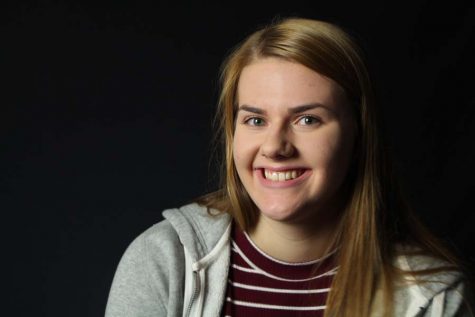
An experienced and ready music writer is joining the WLHSNow team. Katherine Stallard is a senior who writes for two music magazines outside of school,...
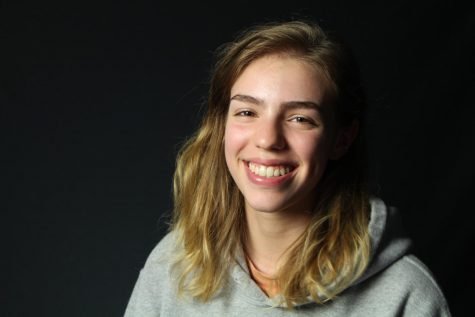
Haven Lee’s, junior, personality is reflected by her favorite color: it changes every day, “depending on how the day goes and how I feel...


![Reaching out. Christopher Lesh, student at Central Catholic High School, serves ice cream during the event on March 2, 2025, at the Portland waterfront. Central Catholic was just one of the schools that sent student volunteers out to cook, prepare, dish, and serve food. Interact club’s co-president Rachel Gerber, junior, plated the food during the event. “I like how direct the contact is,” Gerber said. “You’re there [and] you’re just doing something good. It’s simple, it’s easy, you can feel good about it.”](https://wlhsnow.com/wp-content/uploads/2025/03/interact-1-edited-1200x744.jpg)

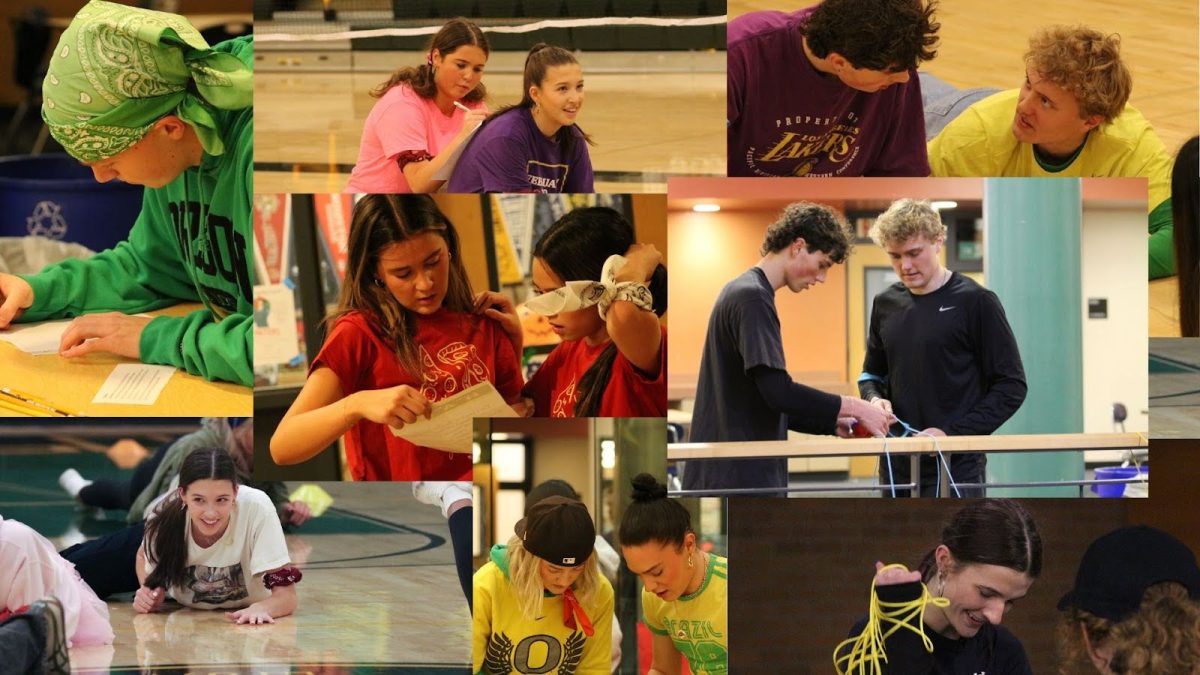























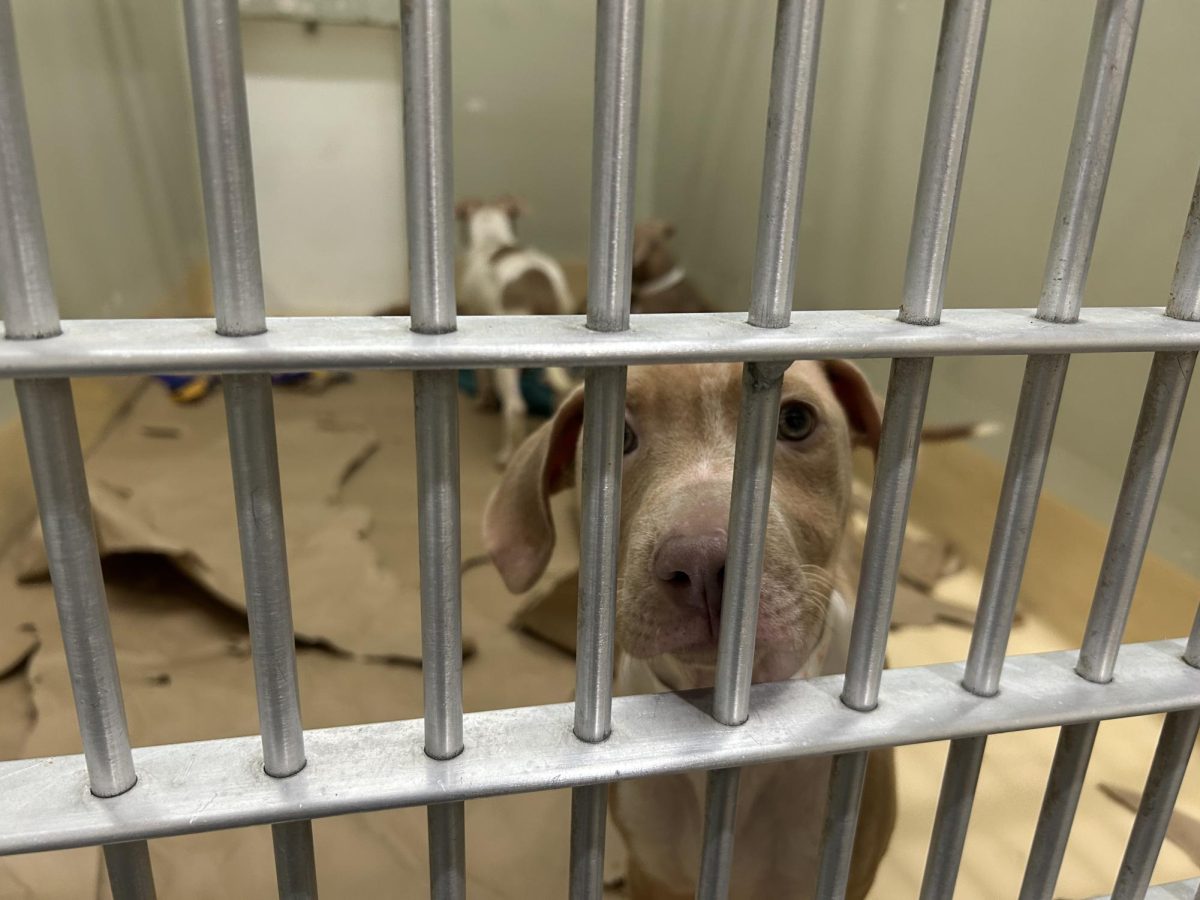

















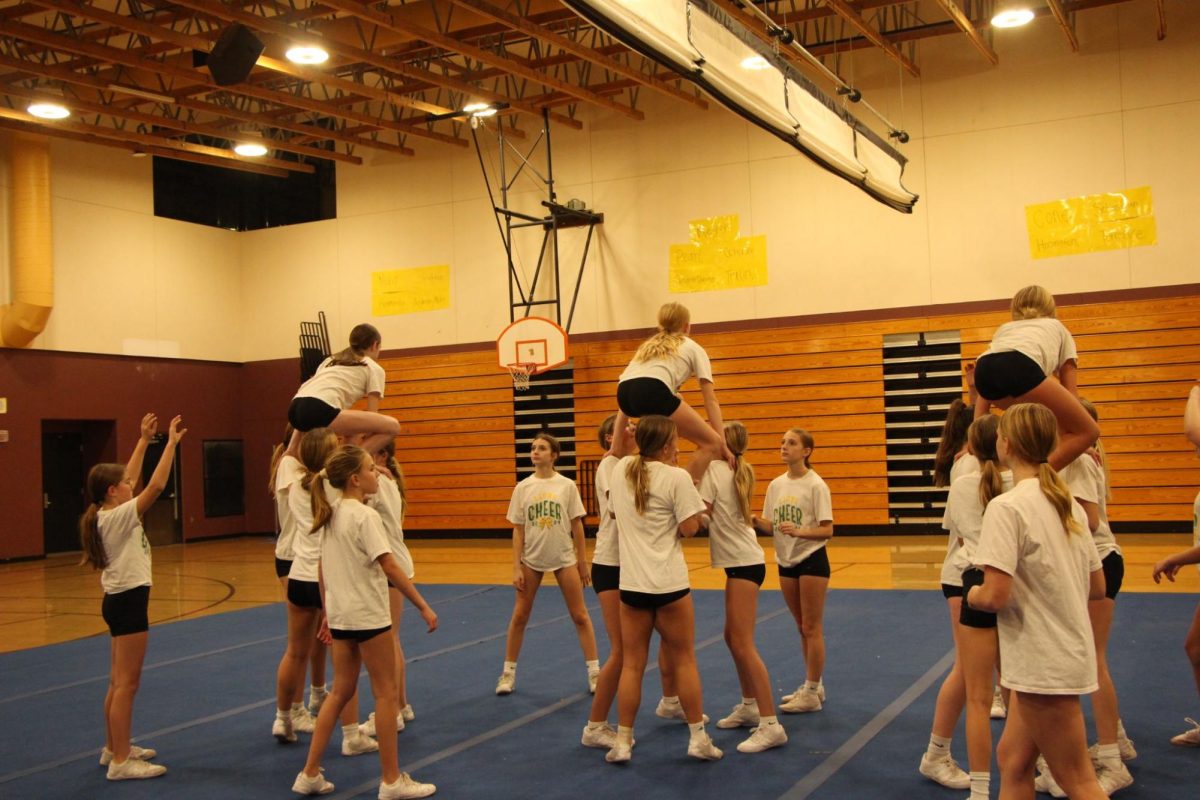
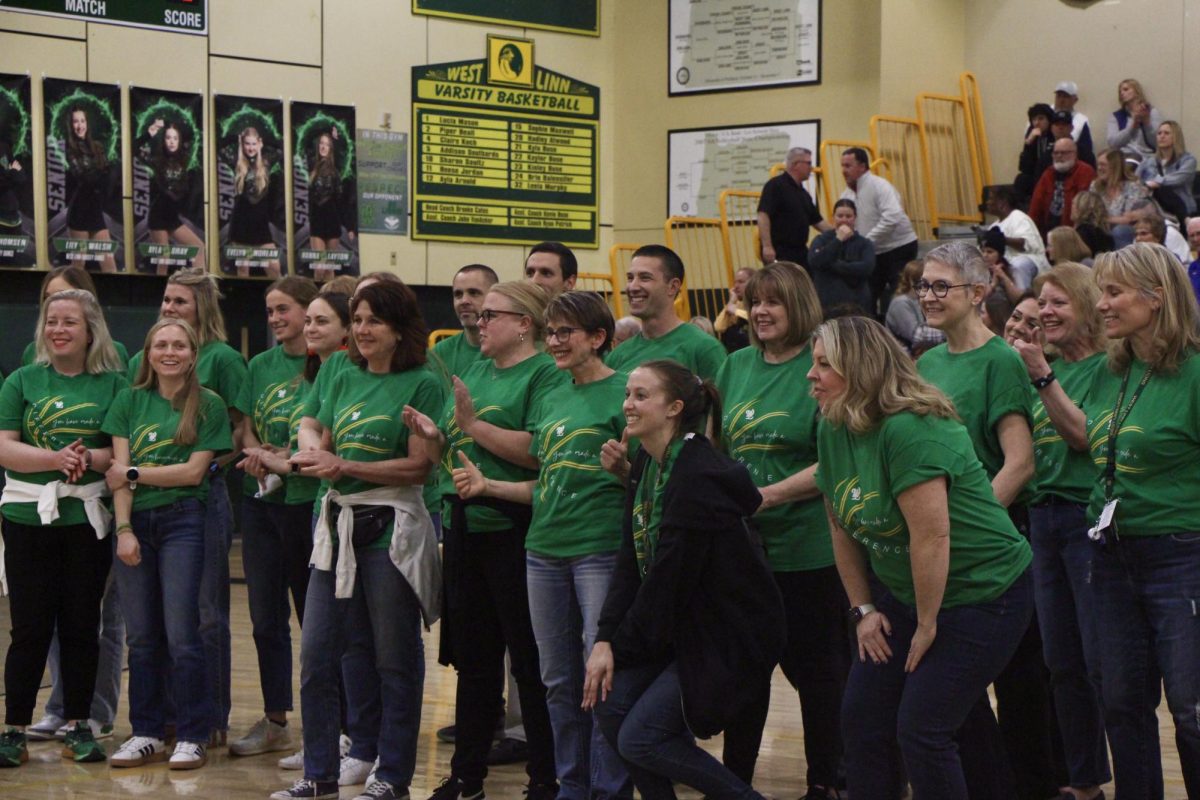
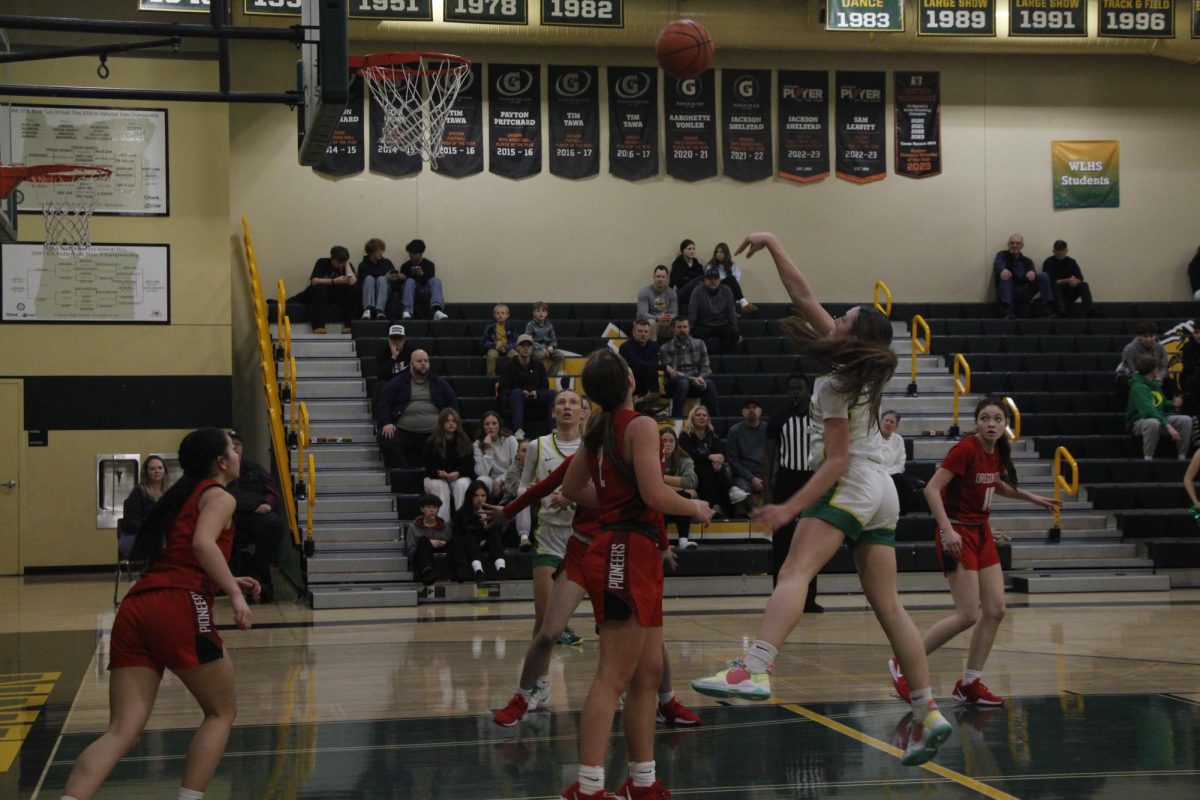









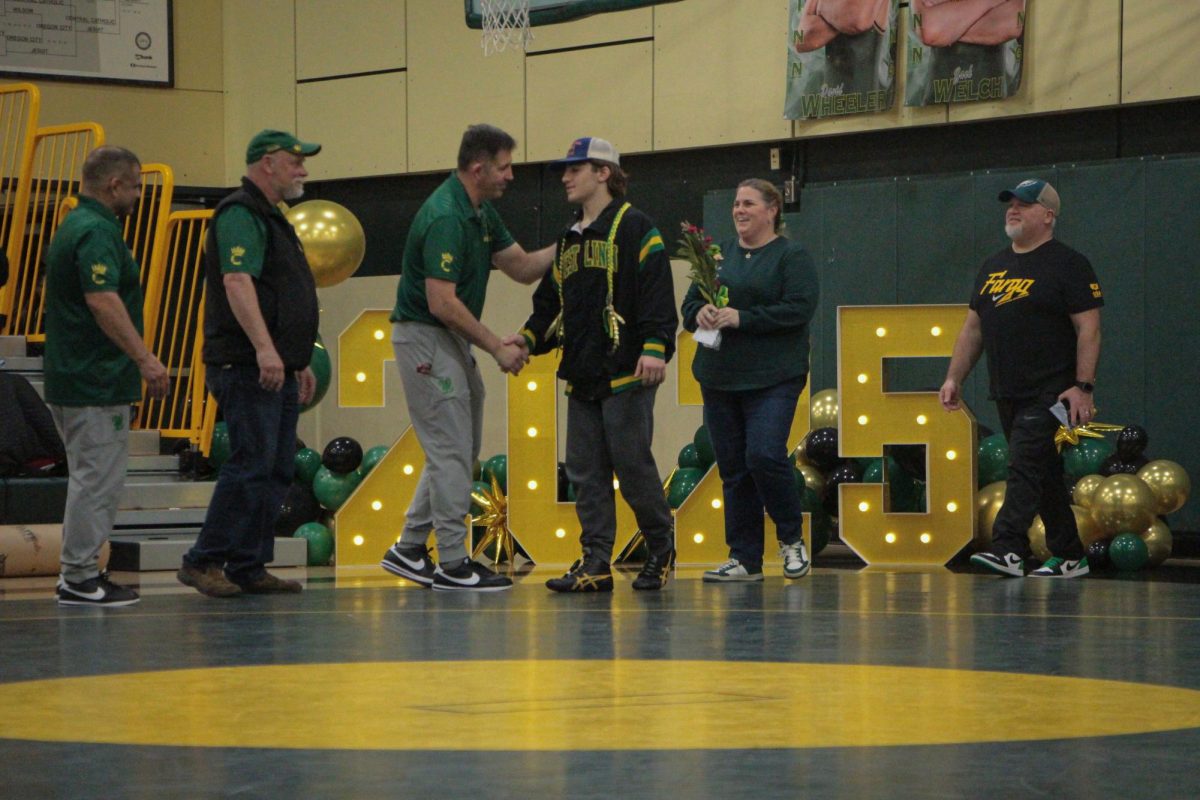

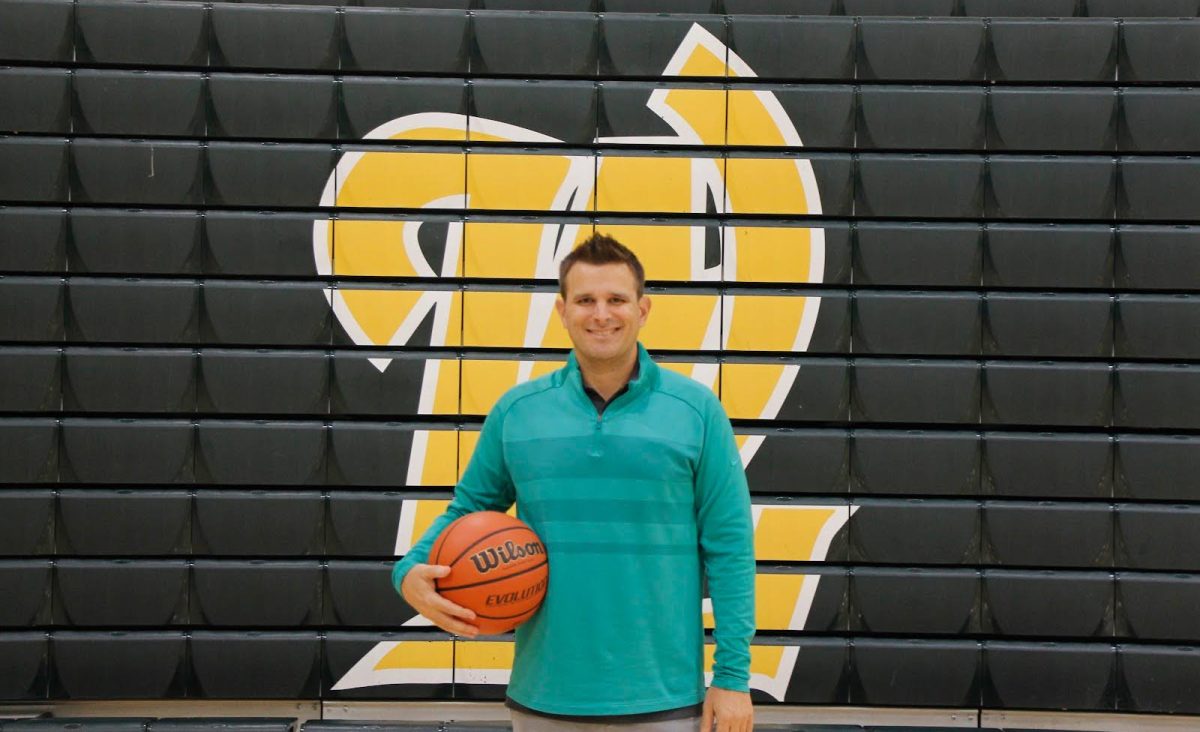



![At the bottom of the third inning, the Lions are still scoreless. Rowe stands at home plate, preparing to bat, while Vandenbrink stands off to the side as the next batter up. Despite having the bases loaded, the team was unable to score any runs. “It’s just the beginning of the season. We’re just going to be playing out best by June, [and] that’s where champions are,” Rowe said.](https://wlhsnow.com/wp-content/uploads/2024/03/IMG_3077-1200x900.jpg)












































